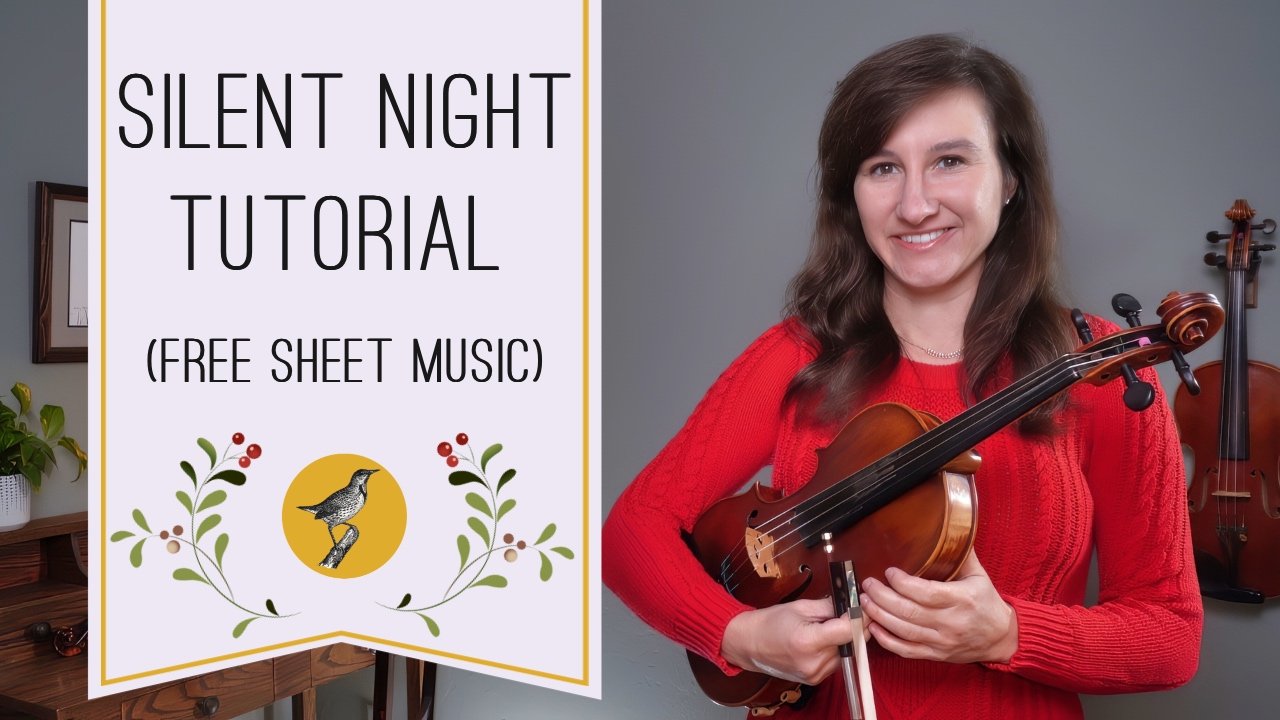Easy Guide to Italian Words in Classical Violin Music
/Open up any classical violin music and you might feel like you’ve been transported to Italy. That’s because the classical music tradition has strong roots in Italy and the language became the standard for musical notation. Even if you’re playing German masters Mozart or Beethoven, chances are the majority of musical words will be in Italian!
Now you don’t have to take Italian lessons to be able to understand what the composer is trying to tell you. It may seem like there are a lot of Italian words in classical music, but in this guide to Italian words in classical music, I’ll show you how you can divide these common Italian musical phrases into adfsdasdf categories. These categories are:
1.Italian Musical Words for Dynamics
2. Italian Musical Words for Tempos
3. Italian Musical Words for Changes in Tempos
4. The Most Important (And Common) Italian Musical Words You Need To Know (these are the ones you need to memorize!)
5.Italian Music Words for Musical Expression
I teach you all of these definitions and explain how apply them to the violin in my course on Music Theory. This is a massive course on everything you need to know (or everything you’ve ever wanted to know) about music theory, including a lot of topics I had way to much fun making this course! If you want to learn more about it, click here.
Alright, here’s your easy guide to Italian Words in Classical Violin Music!
Italian Musical Words for Dynamics
Dynamics in classical violin music tell us how loud or softly to play music. But there’s a lot more variation than just loud and soft. Remember these common terms: forte, piano, and mezzo. You can combine these three words to get lots of variation.
What does forte mean in music?
Forte simply means “loud.” For the violin that means using a lot of bow and a lot of bow weight to get a good strong tone. It’s indicated in music just with the letter “f” like this.
What does piano mean in classical music?
Well, piano is an instrument, but in classical music it also means to play something softly. In fact, the early versions of our modern day pianos were called “pianofortes” or “fortepianos” because they could play a range of dynamics, as opposed to the harpsichord which is a little more dynamically challenged. Piano is denoted by, you guessed it, a “p.”
Now we have mezzo, which means medium or moderate. So if you have mezzo piano or “mp” it means moderately quiet, so not quite as quiet as piano.
Adding “ISS” to musical words
Adding the letters ISS in the middle of an Italian musical word simply makes it “very” of whatever it is. So fortissimo means very loud! You can get crazy adding lots of ISS as you’ll see.
Dynamic Markings In Music Chart
Enjoy this guide to dynamic markings with this easy to use chart.
2. Italian Musical Words for Tempos
Now let’s move on to the next category of words in classical music. These are some common words you will see to indicate tempo in music. These tempo markings in music correspond to certain ranges on the metronome. So the next time you see “Larghetto” in your classical violin music, use this chart to help you determine what tempo range the composer is talking about.
3. Italian Musical Words for Changes in Tempo
Musical tempos don’t always stay the same for an entire piece of classical music. Sometimes things change! You’ll often see these common Italian words to indicate speeding up or slowing down.
4. The Most Important (And Most Common) Italian Musical Words You Need to Know
You don’t have to memorize all the other Italian musical words, but these you do! These common Italian phrases will be repeated over and over again in various combinations in classical violin music. Once you have these basic Italian musical phrases memorized, you’ll be able to decipher a great majority of classical music jargon.
These words can often be combined with each other. For instance, meno mosso means “less motion” or less fast. Or you can see these words combined with tempo words. For instance you might see Andante Con Moto at the beginning of a piece. This means andante (at a walking pace) but with motion. So I translate that as: a little faster than typical Andante. Ma Non Troppo is another common combination. It means: but not too fast. You’ll often see Allegro ma non troppo to indicate the composer wants the piece fast, but not too fast.
You’ll see how these Italian words add flavor and a very specific feel to classical music composition. It allows the composers to be very specific about what they are telling you.
5. Italian Terms for Musical Expression
The last category in our easy guide to Italian musical words is perhaps the most enjoyable. Terms for musical expression! This is not a complete list, but these are some common terms you will see in violin classical music to denote a specific expression, mood, or atmosphere.





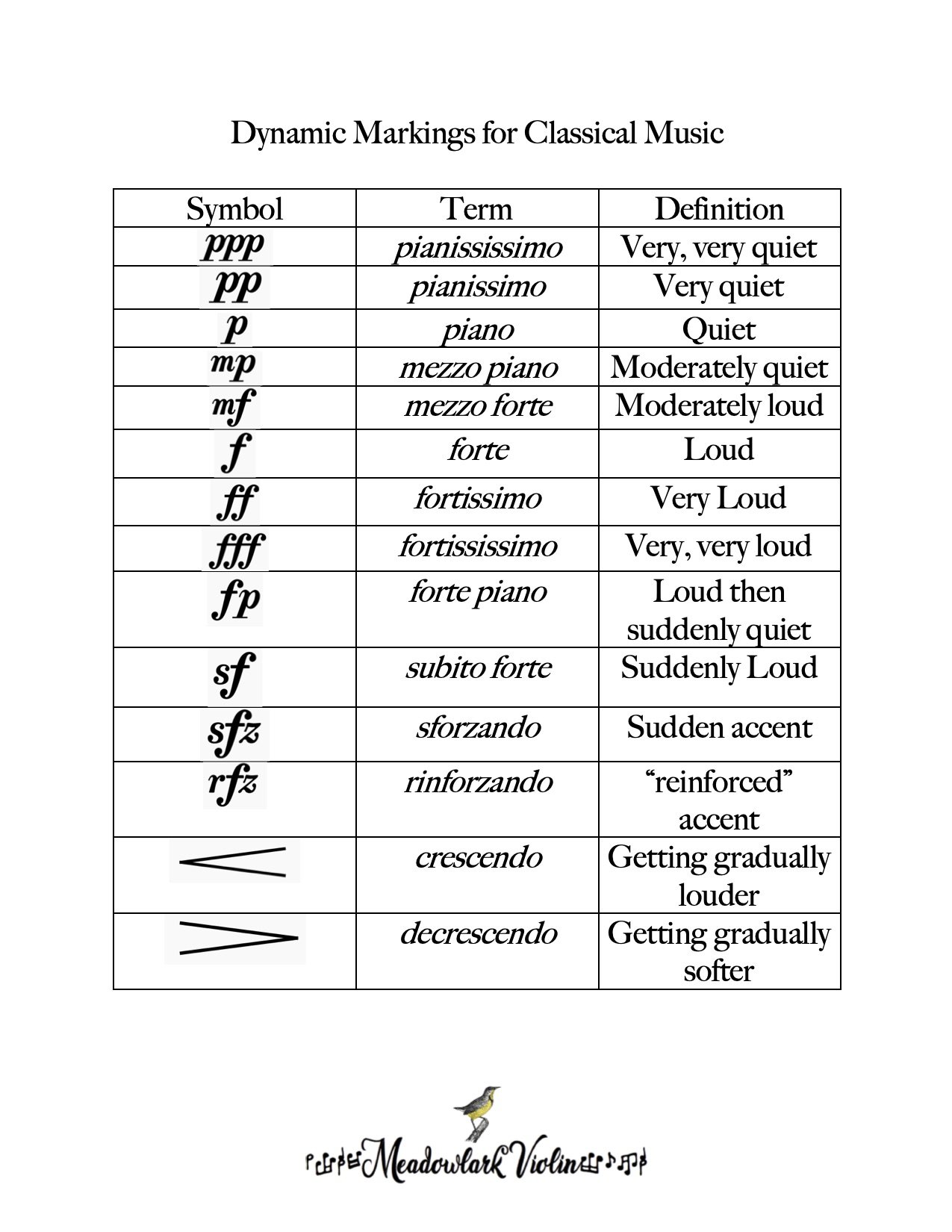
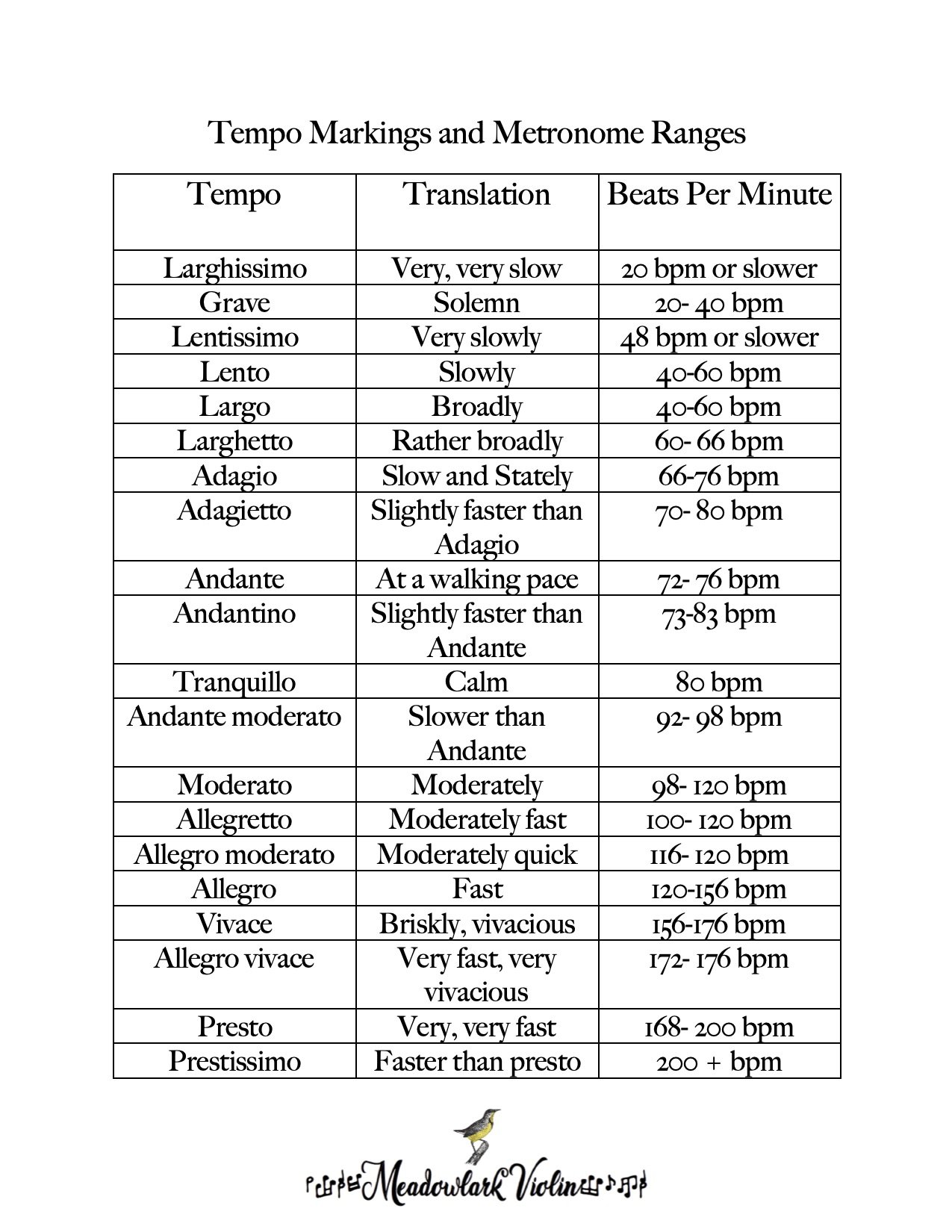

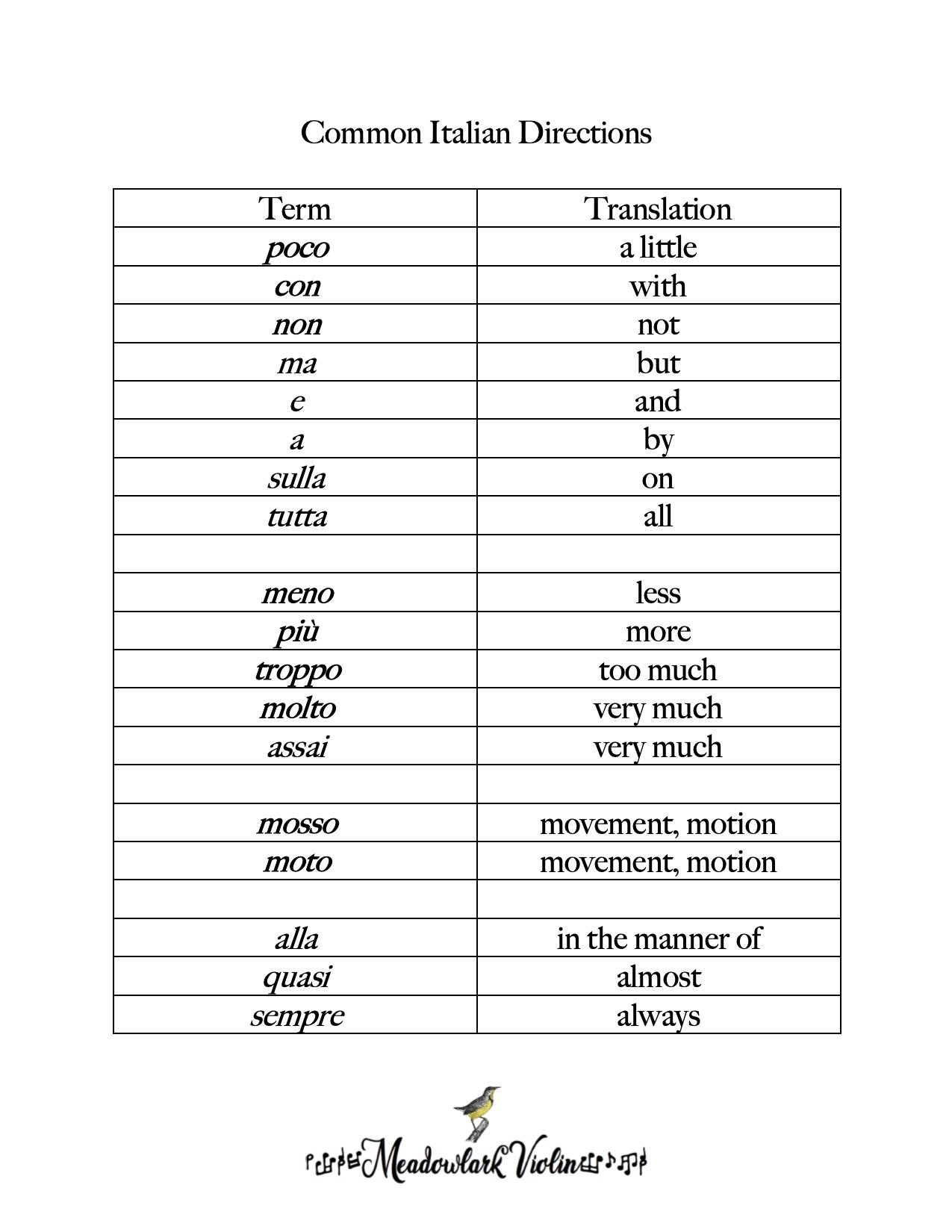














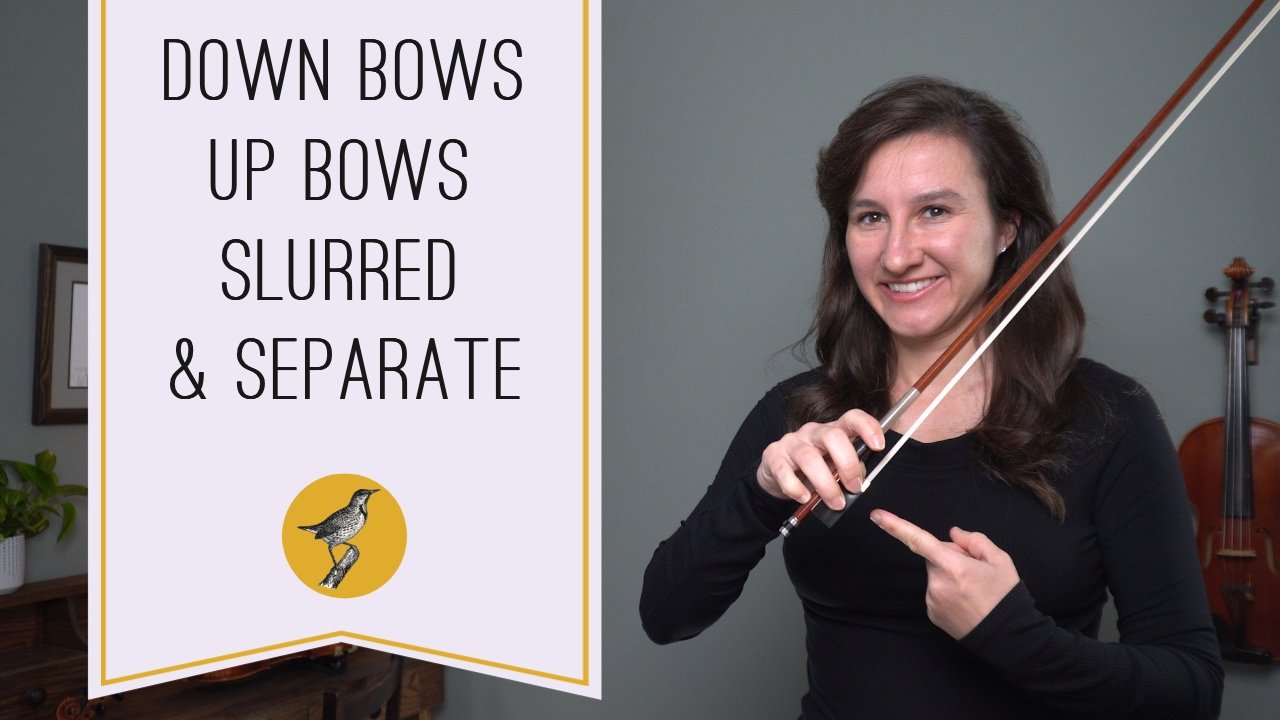


![10 Best Violins for Beginners [2024] A Violin Teacher’s Ultimate Guide](https://images.squarespace-cdn.com/content/v1/554545e3e4b0325625f33fa6/1600433065588-JQV56M1W9LNI833AVGEE/10+best+violins+for+beginners+2020.jpg)
